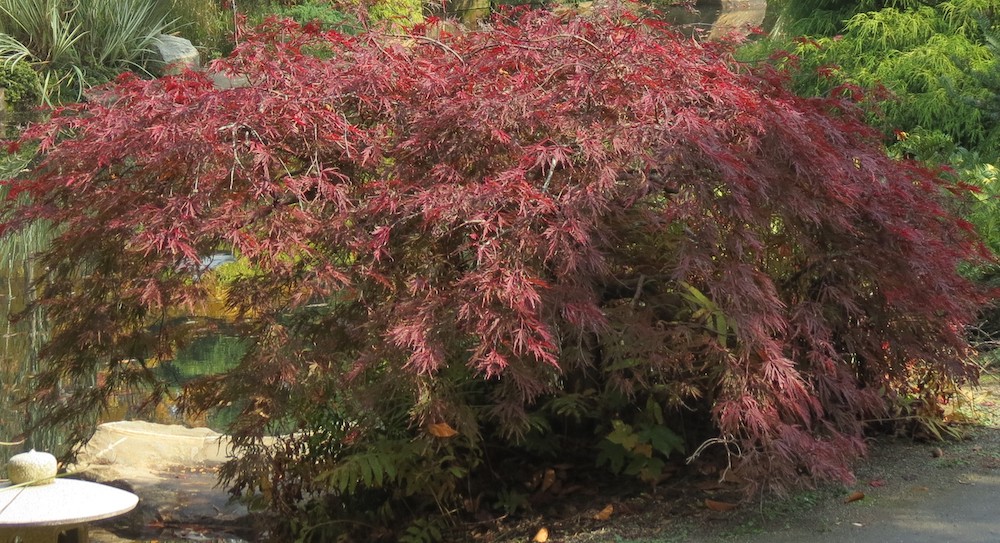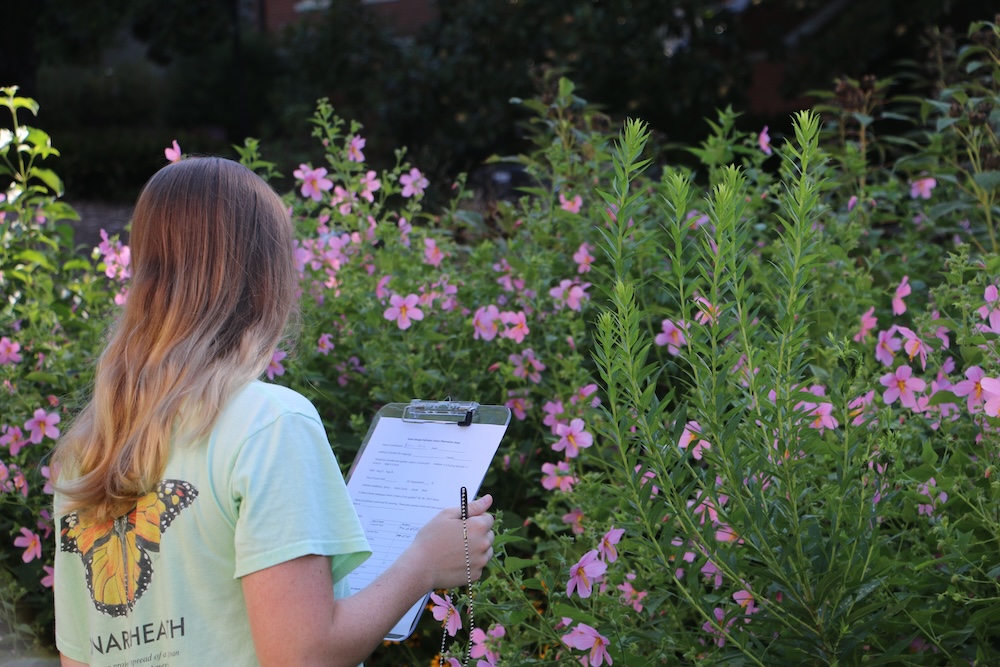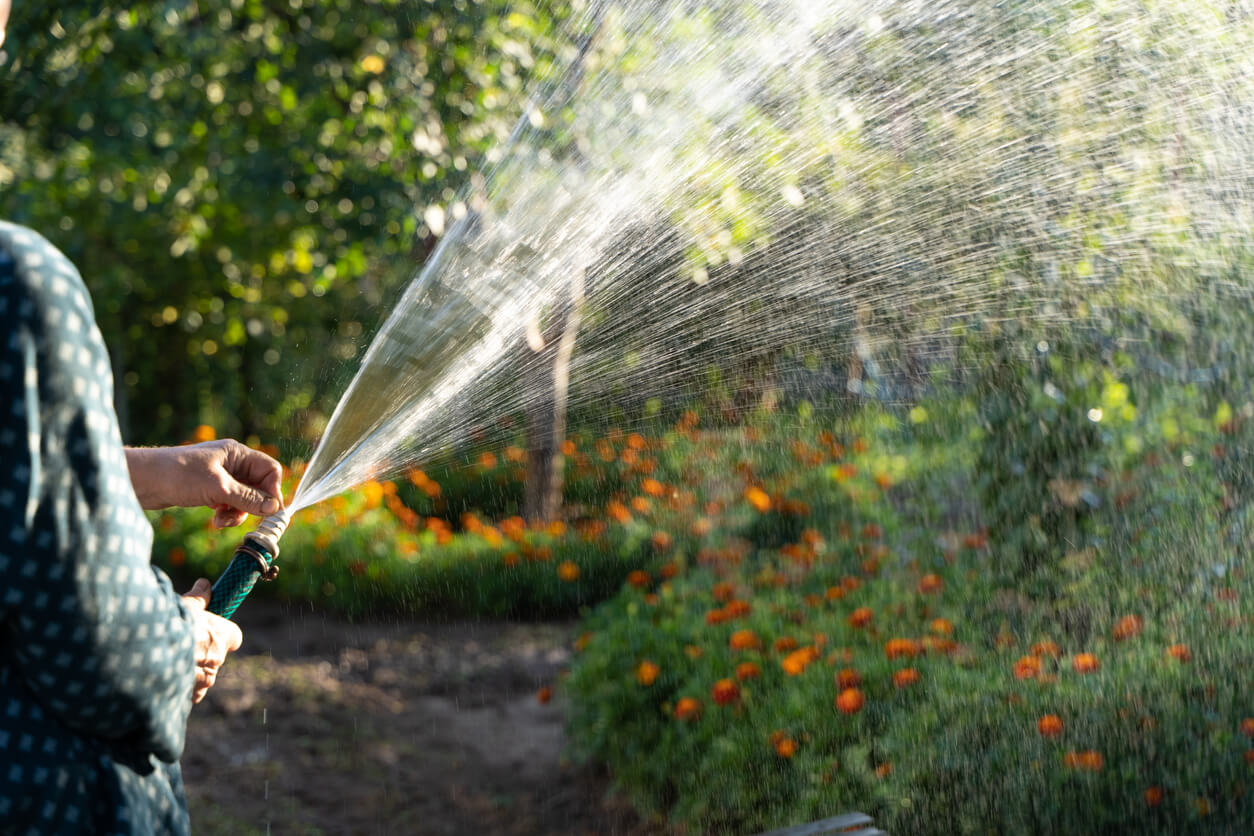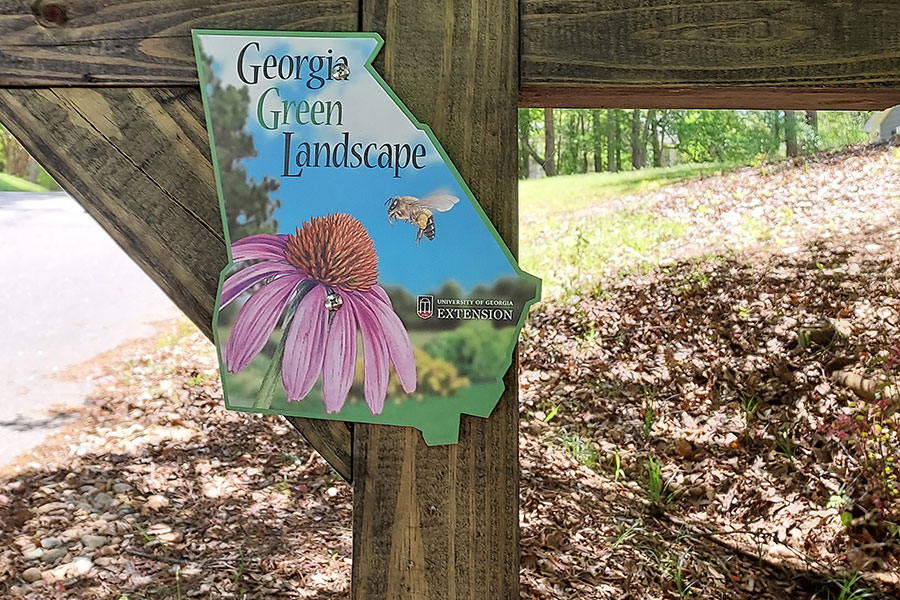
Now that the weather has warmed up, many Georgians have found that where their yards once had healthy and full plantings, there are now holes and scraps of plants.
Residents of Georgia and other parts of the Southeast inevitably arrive at the same observation: Cold temperatures this past December and weather conditions in subsequent months wreaked havoc on home landscapes.
A trio of Hydrangea paniculata in my own landscape is now a duo, with a hole in the middle where the plants don’t quite meet. Weeds are finding opportunities that weren’t there before. Like many others, this has me looking for ideas to restore order and beauty.
Replacing dead plants
Speaking of hydrangeas, it seems simple to remove the existing dead shrub and replace it with another of the same cultivar. Since I know exactly what was planted originally, I can easily do this. However, you may not know the exact varieties of the plants in your landscape. It may be a boxwood or a Japanese holly, but if you use a different cultivar for replacement — or even confuse a boxwood with a holly — you will likely end up with an unsatisfactory result as the plants grow and the differences become more obvious.
Instead of replacing like with like, consider something new. Here are a few options:
Try a container garden
Perhaps the gap in the plant materials allows for an attractive container garden. This will provide a visual point of interest rather than emphasizing that something is missing. Be sure to choose a container that is sized in scale with the landscape around it. Choose a mixture of annual and perennial plants to achieve the visual effect that you desire. Perennial plants that bloom year after year can add color to the landscape while also offering forage for pollinators
Install specimen plants
If the planting arrangement allows, you may now have space for a specimen plant. These plants are intentionally different from the existing plants, like a plant with a weeping habit, contorted branching or variegated foliage. Specimen plants are planted specifically to draw the eye and command interest in their own right. This allows you to replace fewer items and work with what you have already.

Renovate your beds
If you have holes where plants have died and the remaining plants are in rough shape, consider starting over. Remove the existing plants and replace with something new. This gives the opportunity to try new plants, reconfigure a bed to better fit the site or choose plants better suited to your conditions.
Making plant selections
Once you have an idea of what kind of plant or plants you’re looking for and how they will be used in the landscape, gather some basic information about your site. Know how much sun and shade is present throughout the day. For sites that start sunny and become shady (or vice versa), have a good idea of the number of hours of sun and shade. Check your soil to see whether it drains well or tends to be damp. Estimate how much space you have for the plants to fill, including height and width. Make note of any windows or views that you should avoid blocking.
Once you have this baseline information, you can make plant selections. You may want an evergreen, medium-sized shrub to contrast with several deciduous shrubs that change color in the fall. You may want a weeping specimen or a plant with vibrant foliage. You may want a bed of flowering perennials that provide color and forage for pollinators when the landscape is otherwise green.
Whatever the scenario, University of Georgia Cooperative Extension publications on woody shrubs and groundcovers, trees, annuals and perennials can help you refine your choices. You may even want to get a copy of the Georgia Master Gardener Handbook, which offers tips for installation and maintenance. For a limited time, you can get the handbook for $20 off with code SUMMER20.
If you have questions or want to verify whether your new choices will work, reach out to a Master Gardener Extension Volunteer for help. Master Gardeners are volunteers trained in horticulture and gardening to help answer your questions, and they are available through many of our county Extension offices. Find a Master Gardener near you at extension.uga.edu.






